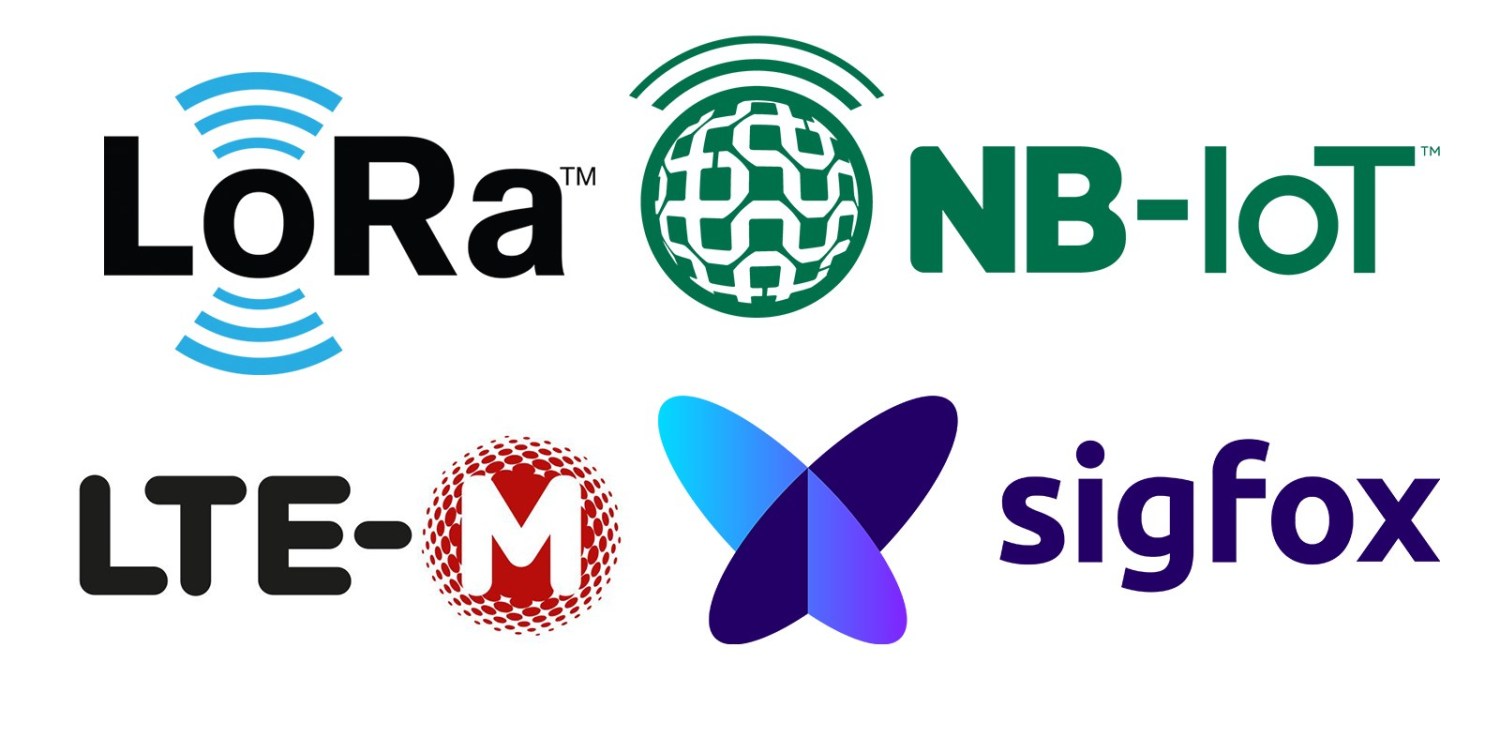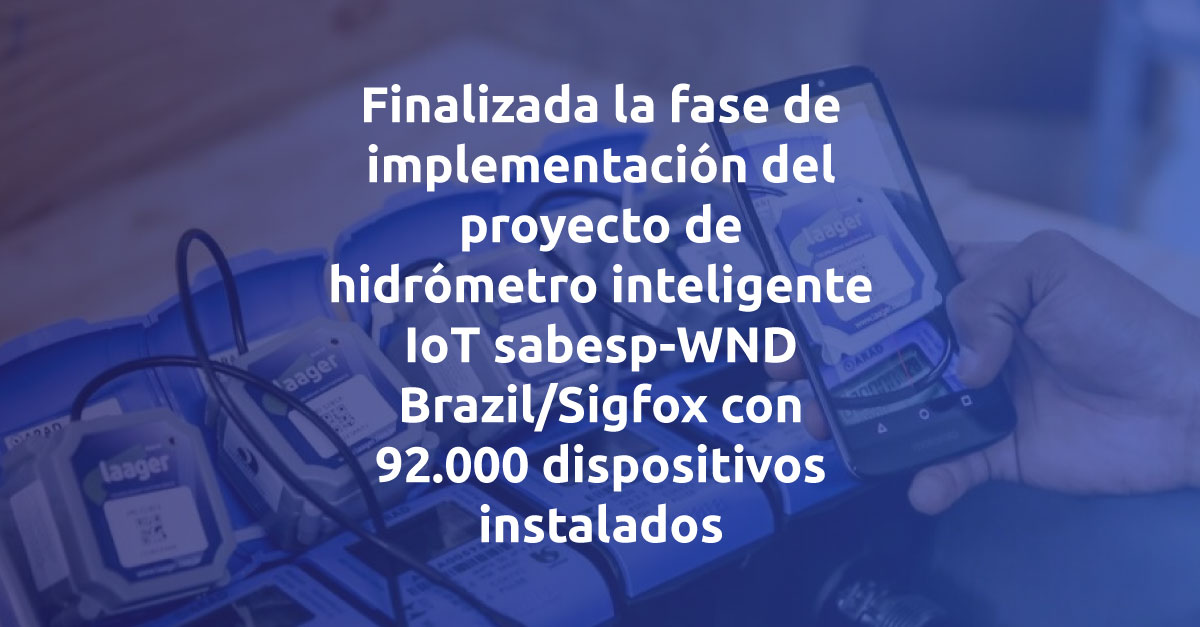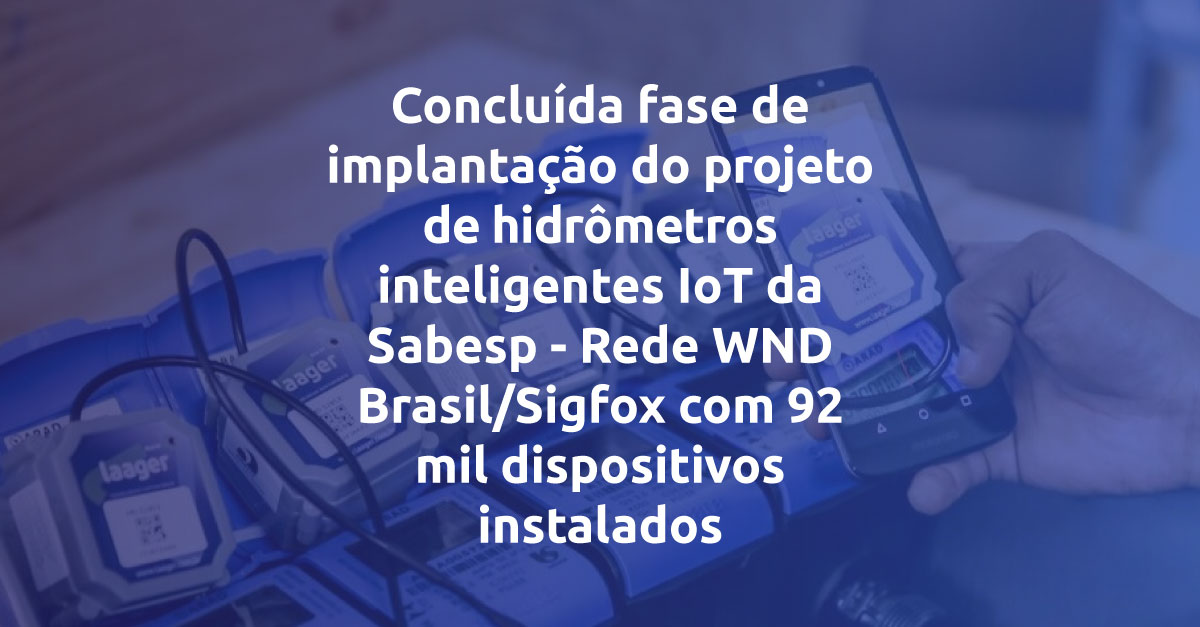Source: Enterprise IoT Insights
LoRa and Sigfox have maintained and extended their market-share lead over their cellular equivalents LTE-M and NB-IoT, as the latter technologies have been “plagued by network hardware and connectivity module issues. LoRa has been boosted by the rollout of private networks, and Sigfox remains a popular choice for public network operations.
Most low-power wide-areas (LPWA) network connections will be on LoRa and Sigfox through 2024, at least. By 2026, LTE-M and NB-IoT will combine to capture a greater share of more than 60 per cent of total LPWA connections.
These are the latest forecasts from ABI Research, which reckons the total market for LPWA connections will reach 3.6 billion in 2026. LoRa and Sigfox will account for over 80 per cent of non-cellular LPWA network connections in 2026, comprising the remaining 40 per cent of the LPWA market.
The continuing popularity of LoRa and Sigfox is down to continued network and hardware issues with cellular-based LTE-M and NB-IoT. ABI Research said LTE-M and NB-IoT deployments are being further delayed in 2019, even as operators and vendors sort these other issues, by complications around embedded and integrated SIM (eSIM and iSIM) technology and the merging of NB-IoT and LTE-M into 5G standards.
Adarsh Krishnan, principal analyst at ABI Research, said: “This short-term uncertainty has delayed the commercial rollout of cellular LPWA IoT solutions by 12 to 18 months. But, it has also benefited Sigfox and LoRa, as both have witnessed a substantial increase in adoption from device OEMs and IoT solution vendors.”
ABI said LoRa adoption in 2018 was dominated by growth in IoT connections from private networks, with 75 per cent year-on-year growth. LoRa has benefited from a multi-vendor ecosystem of gateway OEMs, including Multi-tech, Kerlink, Cisco, and Tektelic, offering a range of gateway solutions that have reduced the ‘total cost of ownership’ of networks for enterprises.
LoRa technology offers enterprise customers the choice of building their own private network or using an operator-managed public network, or both, based on the IoT use-case. This flexibility in network deployment has been a decisive factor in its early adoption by utilities and manufacturing companies that have traditionally been advocates of private networks, noted ABI.
But connection growth in public networks will outpace private networks, even as LoRa’s private network footprint continues to expand, and most LoRa devices will connect to public networks by 2026, reckons ABI. It expects LoRa devices to have the majority share of non-cellular LPWA connections by 2026.
By contrast, Sigfox had the second largest share of public LPWA connections after NB-IoT in 2018. The main drivers of Sigfox connections were growth in home security, smart metering, and asset tracking applications, said ABI.
Sigfox had a leading share of LPWA connections in Europe and will continue to have a leading share of European non-cellular LPWA connections. Sigfox, through its Monarch feature, is the only commercially available LPWA network solution that supports the multi-regional tracking of assets.
ABI noted that asset tracking solutions from Sigfox have seen a number of major implementations, including from companies such as Groupe PSA, Total SA, Guerlain, BPW Group, Luis Vuitton, and Michelin to track assets from containers, trailers, reusable pallets, boxes, and bags.
By 2026, Sigfox connections will exceed 430 million end-points with significant growth coming from asset tracking applications, it said.
LPWA network technologies gained most in the Asia Pacific region in 2018, which accounts for 40 per cent of global LPWA connections. China has been a critical market for the early adoption and growth of LoRa and NB-IoT, said ABI.
Cellular LPWA connections were driven by the growth in the Asia Pacific region, accounting for nearly 97 per cent of all NB-IoT connections. Asia Pacific will continue to be a key growth market for LPWA network technologies in the period to 2026, followed by Europe and North America.
These findings are from ABI Research’s Low-Power Wide Area Network Market Data report.



